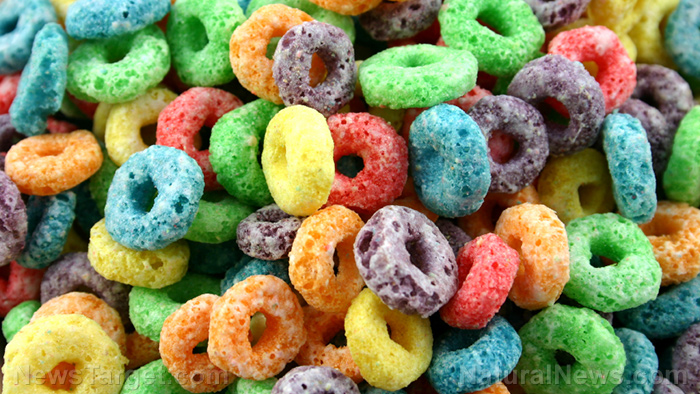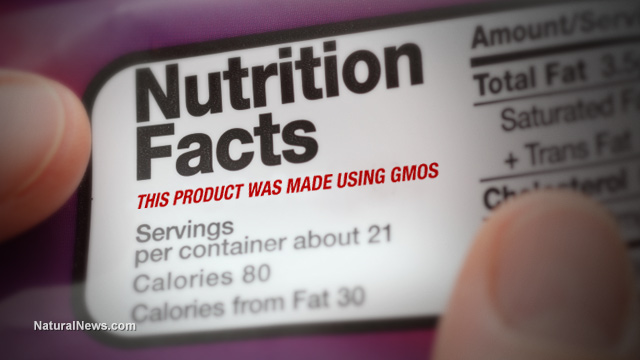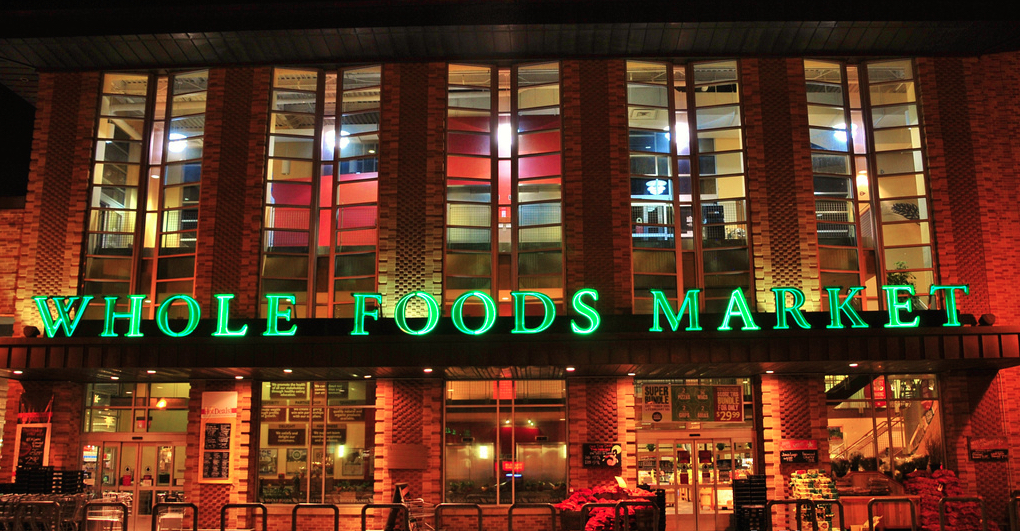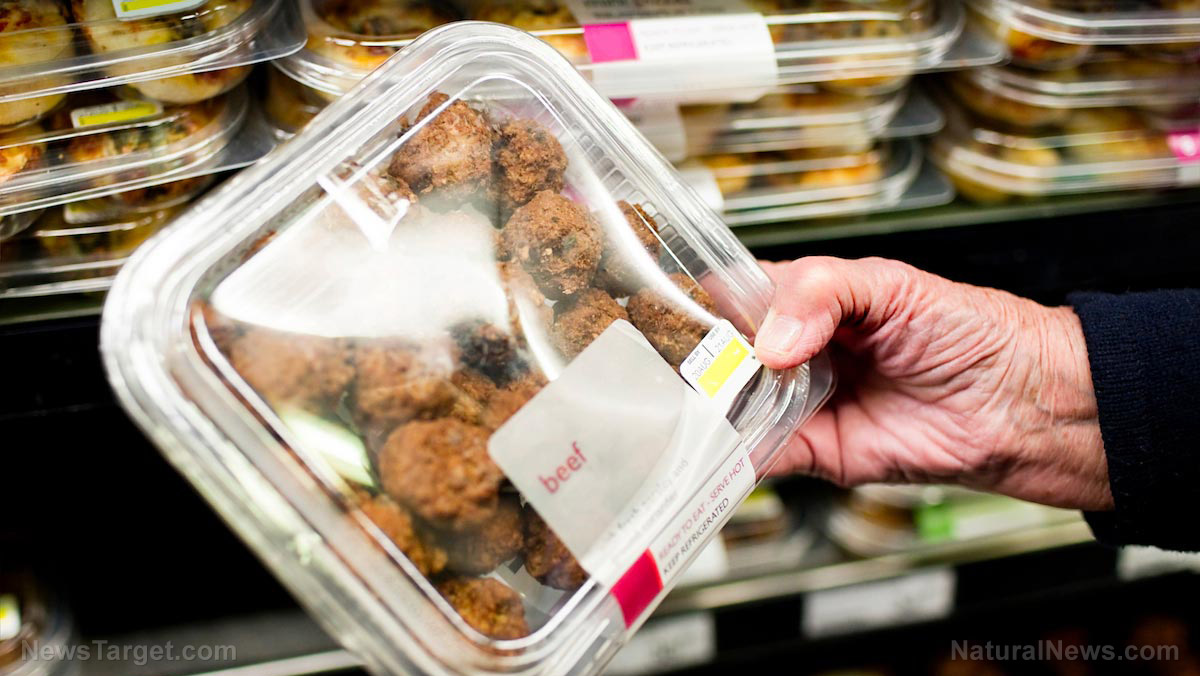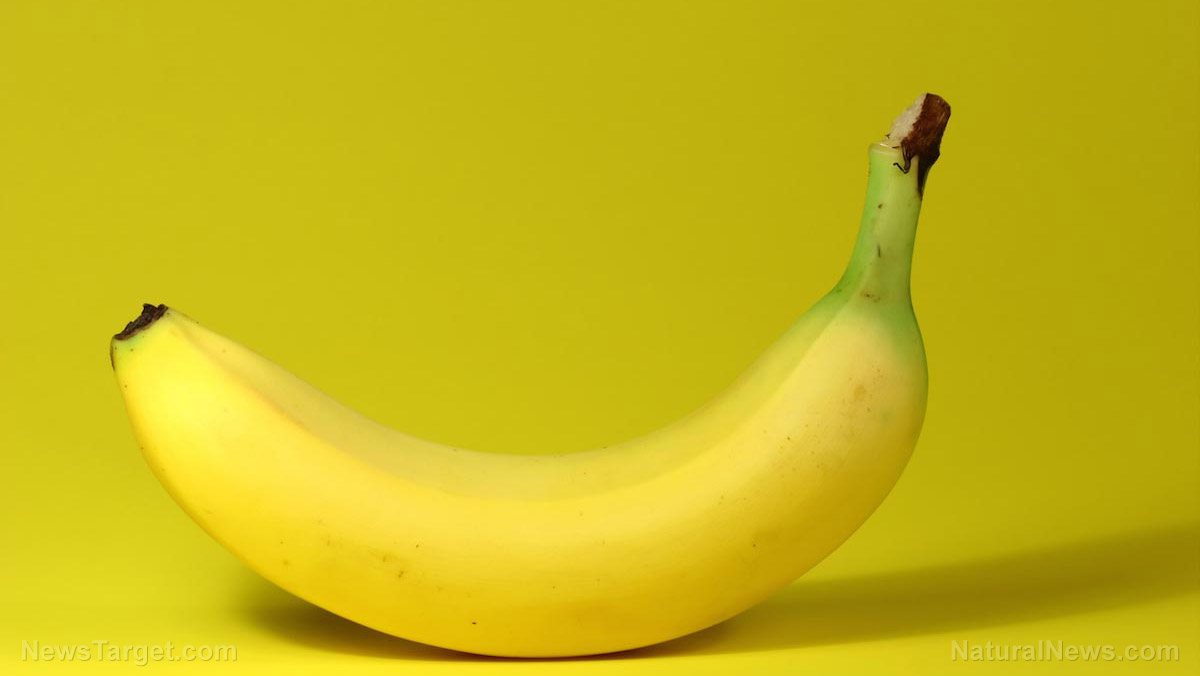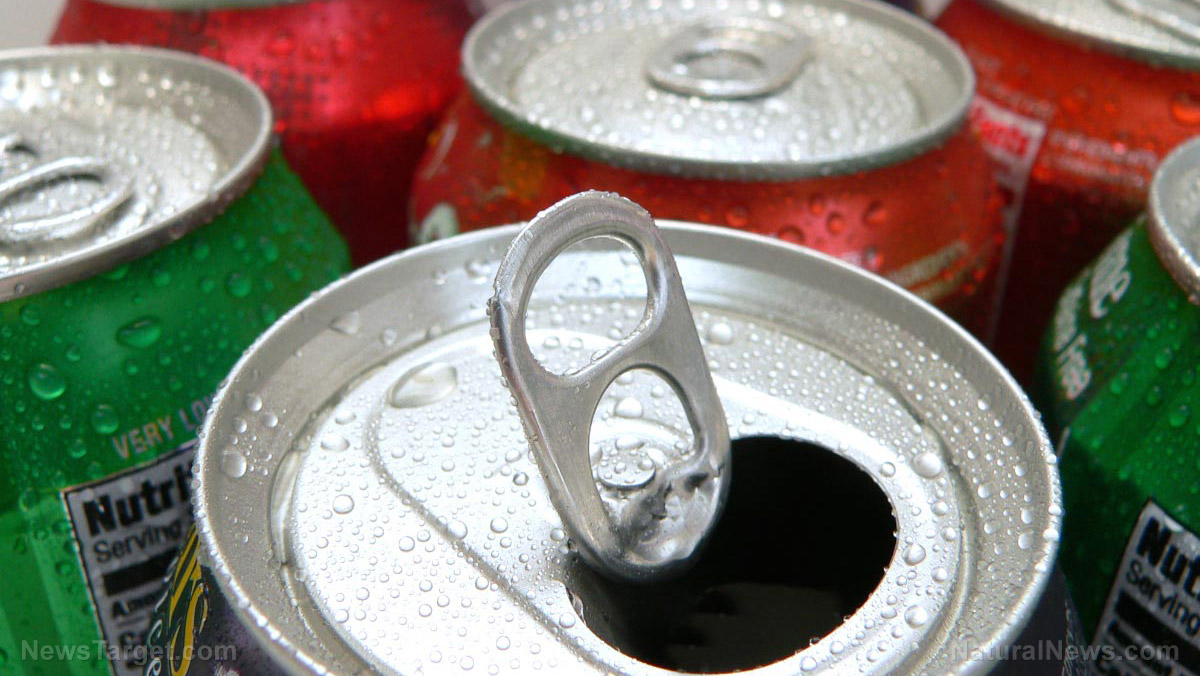FINALLY: Court says USDA must force food companies to explicitly label GMO ingredients (not just use nondescript QR codes)
09/20/2022 / By Ethan Huff

A federal court has ruled that the U.S. Department of Agriculture (USDA) made an “error” by allowing food corporations to label products containing genetically engineered (GE) ingredients using tricky QR codes as opposed to transparent words.
A USDA rule that took effect earlier this year requires food made with genetically modified (GMO) ingredients to be labeled in some clear way, the simplest specified way being with the word “bioengineered.” If food manufacturers do not like using words, then the USDA specified that a QR code will suffice.
The court decided that the USDA’s stipulation of a QR code as opposed to transparent labeling is unacceptable because this “standalone electronic disclosure” does not conform to the National Bioengineered Food Disclosure Standard, which was passed six years ago as an amendment to the Agricultural Marketing Act of 1946.
That law was passed in an effort to nullify individual state laws mandating that foods made with GMO soybeans, corn, and their respective derivatives to be indicated on product packaging. (Related: Eleven years ago, MSNBC conducted a poll which found that nearly 90 percent of the country wants GMOs to be clearly labeled.)
The judge said that a QR code without any actual words or other labeling does not provide consumers with “sufficient access” to the information they need in order to make informed purchasing decisions at the grocery store.
The USDA is complicit with Big Food in trying to hide GMOs from the public
The Grocery Manufacturers Association (GMA) is behind the National Bioengineered Food Disclosure Standard, which creates a uniform method of GMO labeling for the entire country.
The law provides “a mandatory uniform national standard for disclosure of information to consumers,” which the USDA did not adhere to in deciding that QR codes would suffice.
The court said that the law as passed requires that any electronic or digital link such as a QR code be accompanied by “on-package language,” meaning actual words, along with a telephone number providing direct access to the bioengineering disclosure.
A study conducted for the USDA identified “key technological challenges” to the QR-only protocol it authorized, which mainly refers to people without smartphones who are not able to scan a QR code for associated information.
“The court has now confirmed that the USDA acted unlawfully in allowing standalone QR code and other digital and electronic GMO labeling,” announced Andrew Kimbrell, executive director of the Center for Food Safety (CFS).
“This should be a warning to the industrial food sector that avoiding clear on-packaging labeling by using QR codes alone will not pass legal scrutiny.”
CFS is behind the court challenge that led to this new ruling. It was filed back in 2020 against the USDA on behalf of a coalition of nonprofit groups and retailers, including the Natural Grocers retail chain and Puget Consumers Co-op, America’s largest community-owned food market.
The USDA rule in question, which was declared by the court to be a “significant error,” was authorized in December 2018, though the labeling law itself just officially took effect this past January.
The court ruled against other elements of the CFS case, including a petition against the USDA’s authorized use of “bioengineered” on package labeling as opposed to “GE” or “GMO,” which are much more familiar to the public in terms of the message being conveyed.
The court also sided with the USDA in allowing food corporations to exclude “highly refined” products such as sugar from mandatory labeling unless the genetically altered material can be identified through manufacturer, not independent, testing of the product.
The latest news about GMO “Frankenfood” can be found at Frankenfood.news.
Sources for this article include:
Submit a correction >>
Tagged Under:
Big Food, bioengineered, consistent labeling, conspiracy, consumer information, corruption, deception, food labels, frankenfood, genetic engineering, GMO, informed consumers, ingredients, labeling, QR, toxins, transparency, USDA
This article may contain statements that reflect the opinion of the author
RECENT NEWS & ARTICLES
Frankenfood.News is a fact-based public education website published by Frankenfood News Features, LLC.
All content copyright © 2018 by Frankenfood News Features, LLC.
Contact Us with Tips or Corrections
All trademarks, registered trademarks and servicemarks mentioned on this site are the property of their respective owners.

